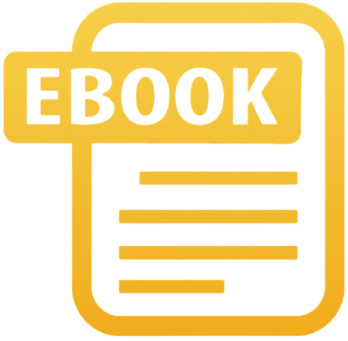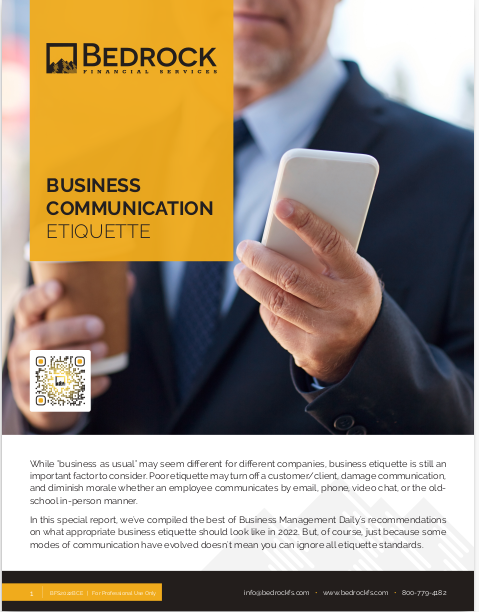Key Takeaways
-
Sending a series of emails that sound too pushy or generic can land your messages in spam folders or get ignored by potential clients.
-
A well-structured email sequence is one that informs, engages, and earns trust across touchpoints—not one that pressures your reader into acting too soon.
Why Your Sequence Feels Like Spam
If your email sequence is not getting the responses you hoped for, it might not be your product—it could be your tone, timing, or structure. When your sequence is too sales-heavy, filled with repetitive pitches, or sent too frequently, it starts to feel like spam to your readers. And once they tune out, it becomes much harder to get them back.
Most independent insurance agents use email automation tools today. But automation without intention quickly becomes noise. If your audience feels like they’re just another name in your CRM, your messages will go straight to trash or trigger unsubscribes.
What Separates a Spammy Email From a Strategic One
A strategic sequence builds a relationship. Spam tries to sell without permission. Here are a few defining characteristics of both:
Spammy sequences typically include:
-
Repetitive or irrelevant subject lines
-
Sales pitches in every message
-
No clear value in return for attention
-
Overuse of urgency and scarcity language
-
Poor formatting or generic language
Strategic sequences tend to:
-
Add value before asking for a sale
-
Match content to the reader’s stage of awareness
-
Provide context, insights, or answers
-
Use respectful timing and tone
-
Include a clear and consistent sender identity
Fixing the Fundamentals: What You Need to Change First
Before rewriting your entire sequence, fix these core elements:
Audience Clarity
If you’re unclear on who the sequence is for, the reader will be confused too. Each message should target a specific need or situation: Medicare planning, retirement income, life insurance for families, etc.
-
Define your client type (e.g., pre-retirees aged 60–65)
-
Map their top concerns (e.g., running out of income, market volatility)
-
Align your message to where they are in their decision-making journey
Purpose Per Email
Each email must have a single purpose—educate, inspire, clarify, or invite. Don’t cram three offers, a webinar link, and a calculator into one message.
Ask yourself: “What’s the one thing I want the reader to know or do after reading this?”
Voice and Tone
Your emails should sound like a real person who understands the reader’s situation—not a marketer on autopilot.
-
Cut exaggerated claims and pressure tactics
-
Use conversational, respectful language
-
Write in second person to maintain connection
Structure That Earns Trust and Opens
Email sequences need pacing and structure, just like a sales conversation. Here’s how to build one that performs:
1. The Welcome Email (Day 0)
The very first message sets the tone. Avoid diving straight into a sales pitch. Instead:
-
Thank them for subscribing or connecting
-
Let them know what to expect (frequency, type of content)
-
Introduce your role in their financial journey
2. The Problem Email (Day 2)
This email brings up a common issue the reader might face—like understanding Medicare enrollment periods or navigating rising healthcare costs.
-
Use a relatable, brief narrative or statistic
-
Highlight why it matters now
-
Invite reflection or offer a checklist
3. The Education Email (Day 4)
Here, your job is to teach. Offer a valuable insight or resource that the reader can apply.
-
Clarify a confusing rule or deadline
-
Explain how certain decisions affect long-term coverage or income
-
Provide a downloadable resource (guide, PDF, tip sheet)
4. The Proof Email (Day 6)
This is the place to share credibility. Instead of using testimonials or client stories (which can trigger compliance issues), talk about general results, trends, or your years of experience.
-
Mention how long you’ve been helping clients like them
-
Reference industry trends from the past year
-
Reinforce that you’ve seen what works over time
5. The Invitation Email (Day 8)
After delivering value, it’s appropriate to invite your reader to take the next step.
-
Invite a no-obligation consultation
-
Offer a short planning call to answer questions
-
Link to your calendar with limited availability for urgency
Email Frequency in 2025: What Works Now
You don’t need to email every day to stay relevant. In fact, most professionals prefer spacing that respects their time. In 2025, the following rhythm tends to perform best:
-
First 2 weeks: 1 email every 2 days (building rapport and awareness)
-
Week 3 onward: 1 email every 5–7 days (maintaining value and nurturing interest)
You can then move them into a monthly education or newsletter flow.
Avoid sending more than three emails in any 5-day window unless the recipient has explicitly opted in for a challenge, workshop, or time-sensitive event.
Email Subject Lines That Don’t Scream “Spam”
Subject lines matter more than most realize. If your open rate is under 15%, the issue likely starts here.
Avoid:
-
ALL CAPS
-
Excessive punctuation (!!! or ???)
-
Trigger words like “free,” “urgent,” or “act now”
Try:
-
“3 things to ask before choosing coverage”
-
“Are you still planning to retire this year?”
-
“How Medicare changes in 2025 might affect you”
-
“You might be missing this important step”
Avoiding Automation Burnout
Email marketing tools are powerful, but only if used with restraint. Overloading your pipeline with sequences for every lead category can create content fatigue—for both you and your audience.
Tips to manage it:
-
Review your entire sequence quarterly
-
Remove or update outdated content (especially anything referencing 2024)
-
Split test only one variable at a time (subject line, send time, call to action)
Also, tag leads based on behavior. Someone who clicks a Medicare article might need different follow-ups than someone who views retirement tax strategies.
Respecting the Reader’s Journey
Your reader is likely overwhelmed by information and underwhelmed by genuine help. If your sequence feels rushed or impersonal, it’s easy for them to disengage.
Here’s how to fix that:
-
Build space between emails to let information settle
-
Provide summaries or round-ups instead of constant new content
-
Always include a soft option to book time or reply with a question
A Human Approach Wins in 2025
As AI-generated content continues to grow, your edge as a professional is empathy and clarity. Avoid sounding like a machine that’s just trying to sell insurance. Be the human who helps them understand it.
Make sure each message:
-
Respects their time
-
Adds a small but meaningful value
-
Ends with a clear next step or takeaway
Better Sequences Start With Better Systems
At Bedrock Financial Services, we help independent insurance agents like you grow your business with better client engagement tools, automation strategies, and ongoing marketing support. If you’re ready to stop sending emails that get ignored and start writing ones that get booked calls, we’re here to help.
Join us today and let’s build your email system into something clients actually want to hear from.







